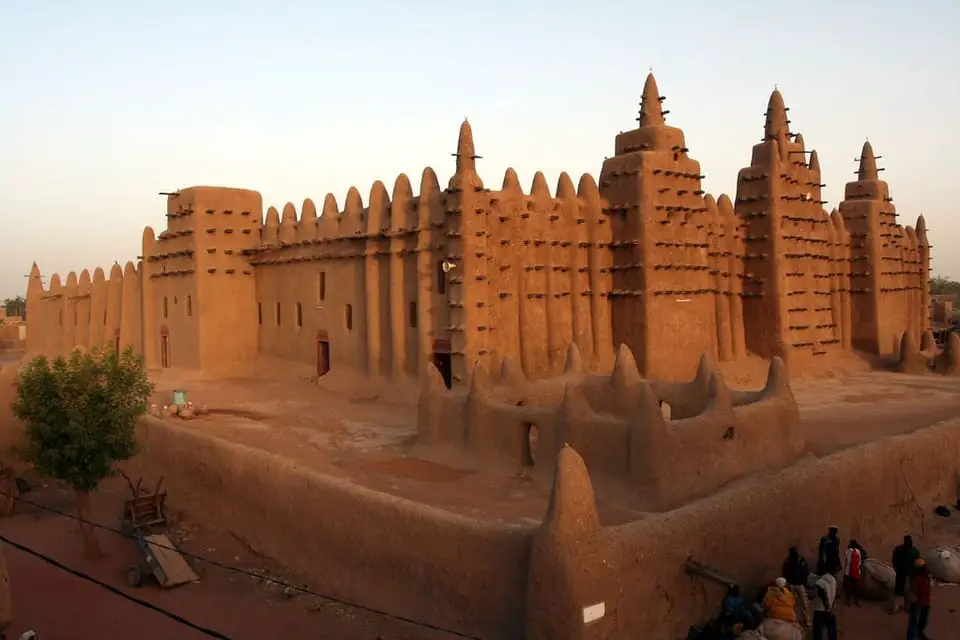The Bone-Chilling Origins of the Catacombs of Paris

Buried deep beneath the City of Light lies a dark, eerie world – the catacombs of Paris. These ancient tunnels house the remains of millions of Parisians. But how did this underground ossuary arise? The sinister story stretches back to 18th century urban overcrowding and public health crises.
Public Health Nightmare in 18th Century Paris
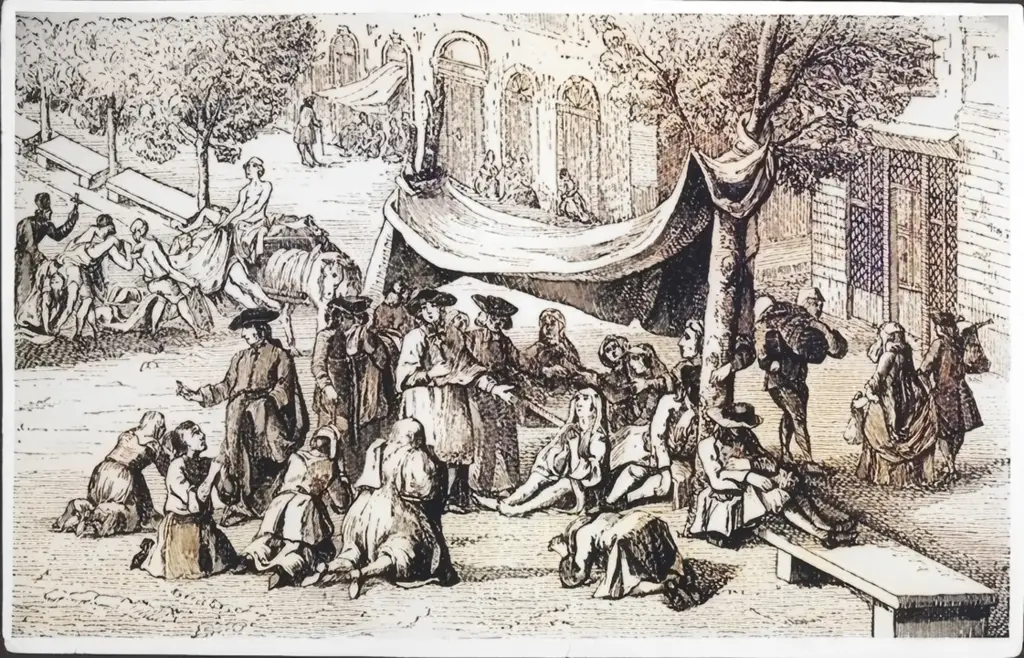
Paris faced two menacing problems in the 1700s. Abandoned underground quarries caused sinkhole dangers. A massive 1774 sinkhole on the “Road to Hell” swallowed homes, carts and people. King Louis XVI rushed to stabilize the unstable mines beneath Paris.
The Deadly Overcrowding in Paris Graveyards

But the bigger issue was severe overcrowding in Paris’ cemeteries. Bodies accumulated faster than decomposition, spreading foul “cadaverous vapors” that writers warned could “poison the atmosphere.” At the massive Holy Innocents’ cemetery, rotting flesh oozed into neighboring food markets.
“Cadaverous Miasmas” Spreading Disease

While germ theory didn’t exist, the miasmas or “contaminated air” from decaying matter were seen as spreading sickness. People living near cemeteries frequently fell ill from these deadly vapors.
The Grim Solution – Move Millions into Underground Tunnels
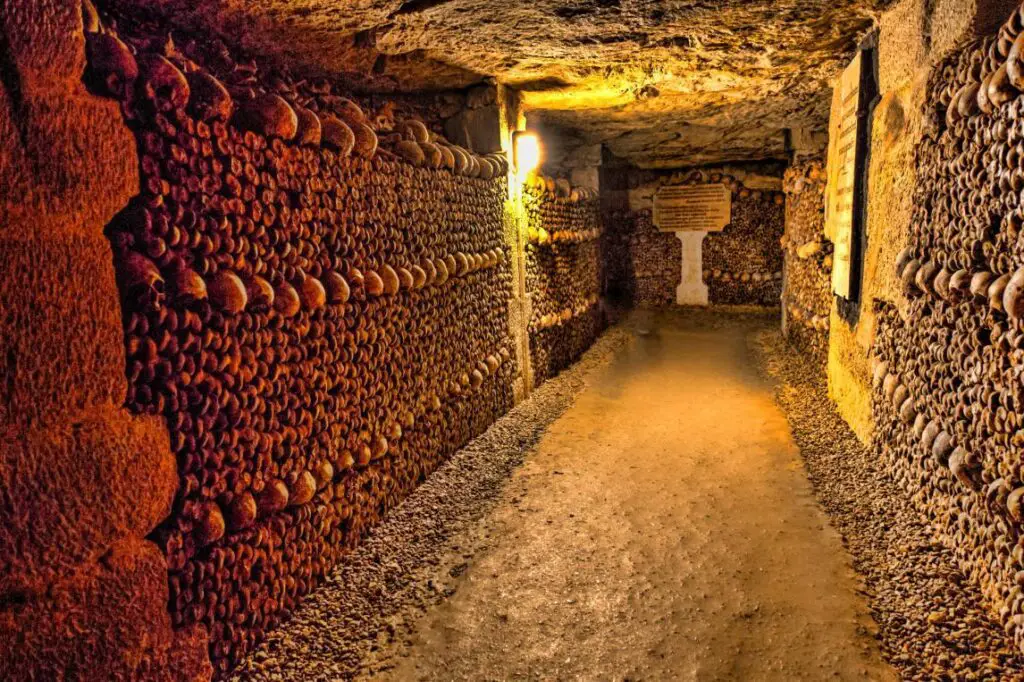
In 1786, authorities found a macabre solution. Millions of skeletons from Paris’ overcrowded graveyards would be exhumed nightly by torchlight. Bones were carted into Paris’ vacant underground quarry tunnels to create catacombs.
Six Million Bodies Rehoused Underground
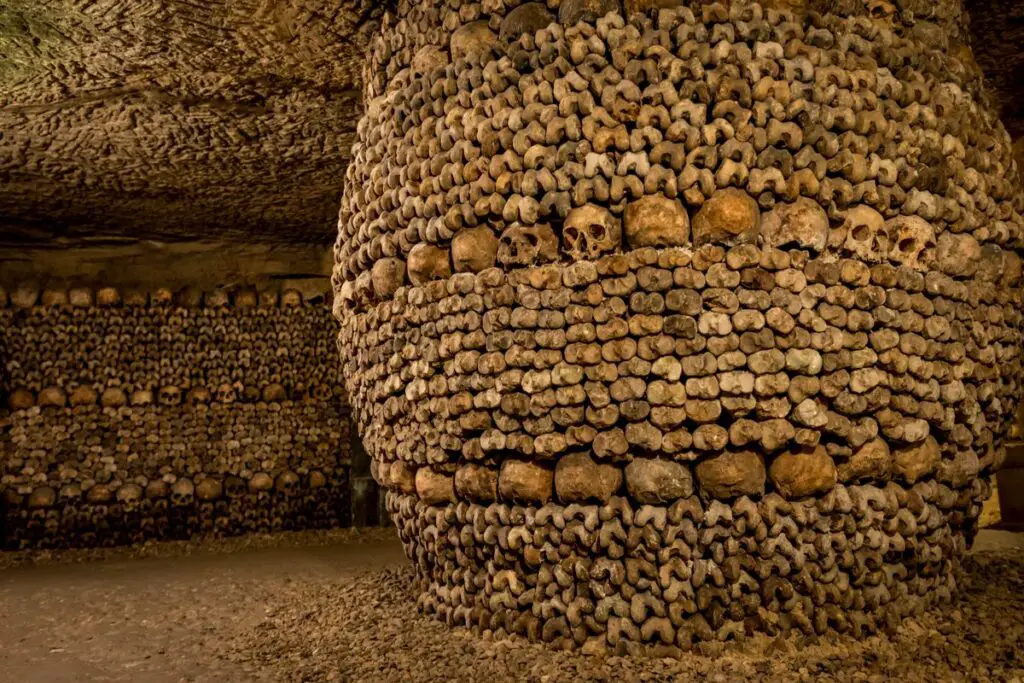
Over six million bodies were crammed into the dark tunnels. Their skulls and bones were stacked with disturbing artistry into eerie catacombs, arches and macabre sculptures.
The catacombs soon doubled as both a mass grave during the French Revolution’s Reign of Terror and an 18th century tourist attraction for thrill-seekers eager to confront death up close.
A Hauntingly Beautiful Tourist Destination
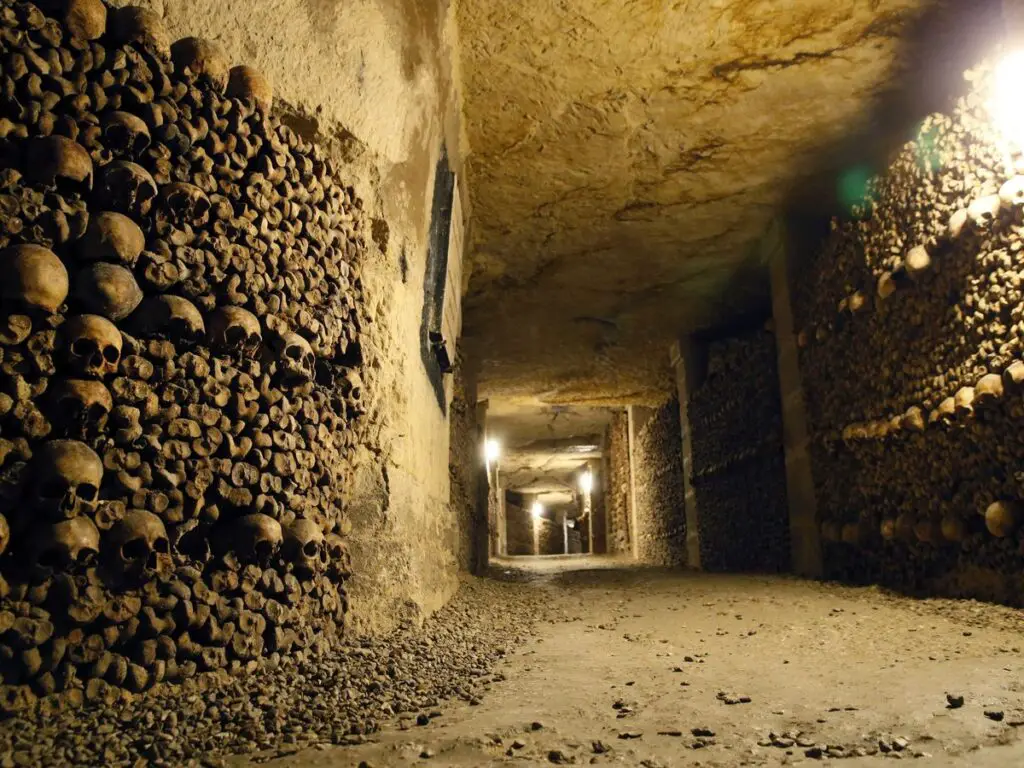
While offering visitors today a hauntingly beautiful experience, the catacombs’ origins lie in the city’s struggles with its sinking underground world and overflowing graveyards above. These tunnels were an extraordinary solution to 18th century urban overcrowding, where the living and dead were forced into frighteningly close contact.
Visitors can explore the eerie bone-lined tunnels stretching for miles and view the haunting sculptural displays made from millions of human skulls and bones. But they are also confronting a shocking piece of Paris’ dark past reborn as a tourist destination.




